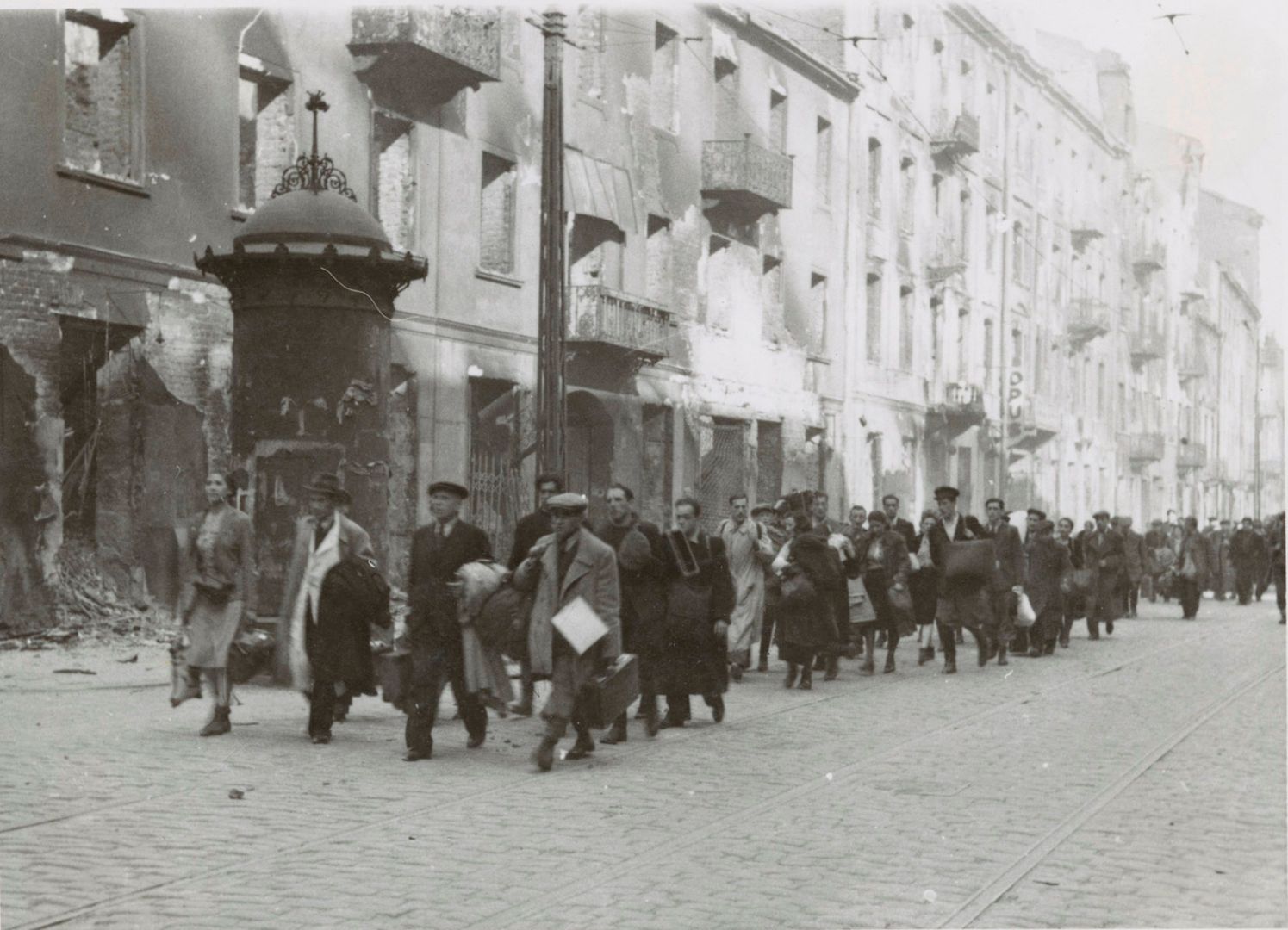Umschlagplatz in Warsaw
6.78

Overview
Umschlagplatz, the loading area in Warsaw, was a railway ramp located at Stawki Street 4/6, used between 1942 and 1943 to deport Jews from the Warsaw Ghetto to extermination camps, primarily Treblinka. The structure consisted of two parts: the southern section, where Jews awaited transport, and the northern section with a railway siding. In July 1942, the large-scale deportation operation began, during which thousands of Jews arrived at Umschlagplatz, often held in inhumane conditions. The Jewish Police, under the supervision of Jakub Lejkin, played a key role in organizing the deportations, and the brutality of their actions was widely condemned. Sanitary and epidemiological conditions at the site were tragic, and Jews were forced to pay bribes to secure their release. Daily transports to Treblinka continued from July to September 1942, with the last train departing on September 21. It is estimated that between 253,000 and 300,000 Jews were deported from the ghetto to Treblinka. After World War II, Umschlagplatz became a memorial site, with a monument erected in 1988 and commemorative plaques. Architecturally, the area retains several pre-war buildings, including school buildings and a warehouse complex that was later converted into residential estates after the war. In culture, the history of Umschlagplatz has been reflected in works such as Roman Polanski's film *The Pianist* and the novel by Jarosław Marek Rymkiewicz. Today, it is a place of remembrance where marches are held in honor of Holocaust victims.
Location
Tickets
Powered by GetYourGuide
2025 Wizytor | All Rights Reserved